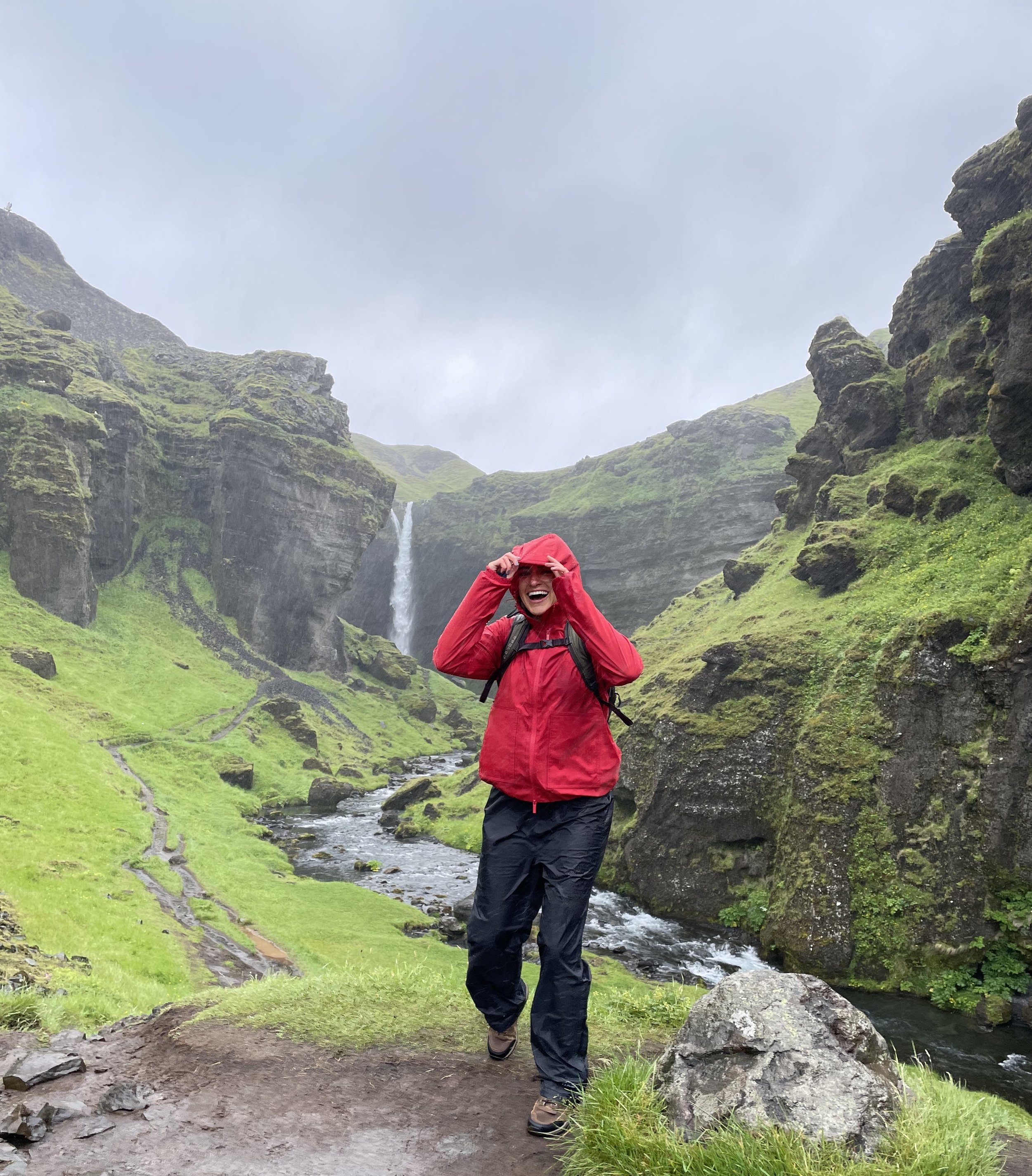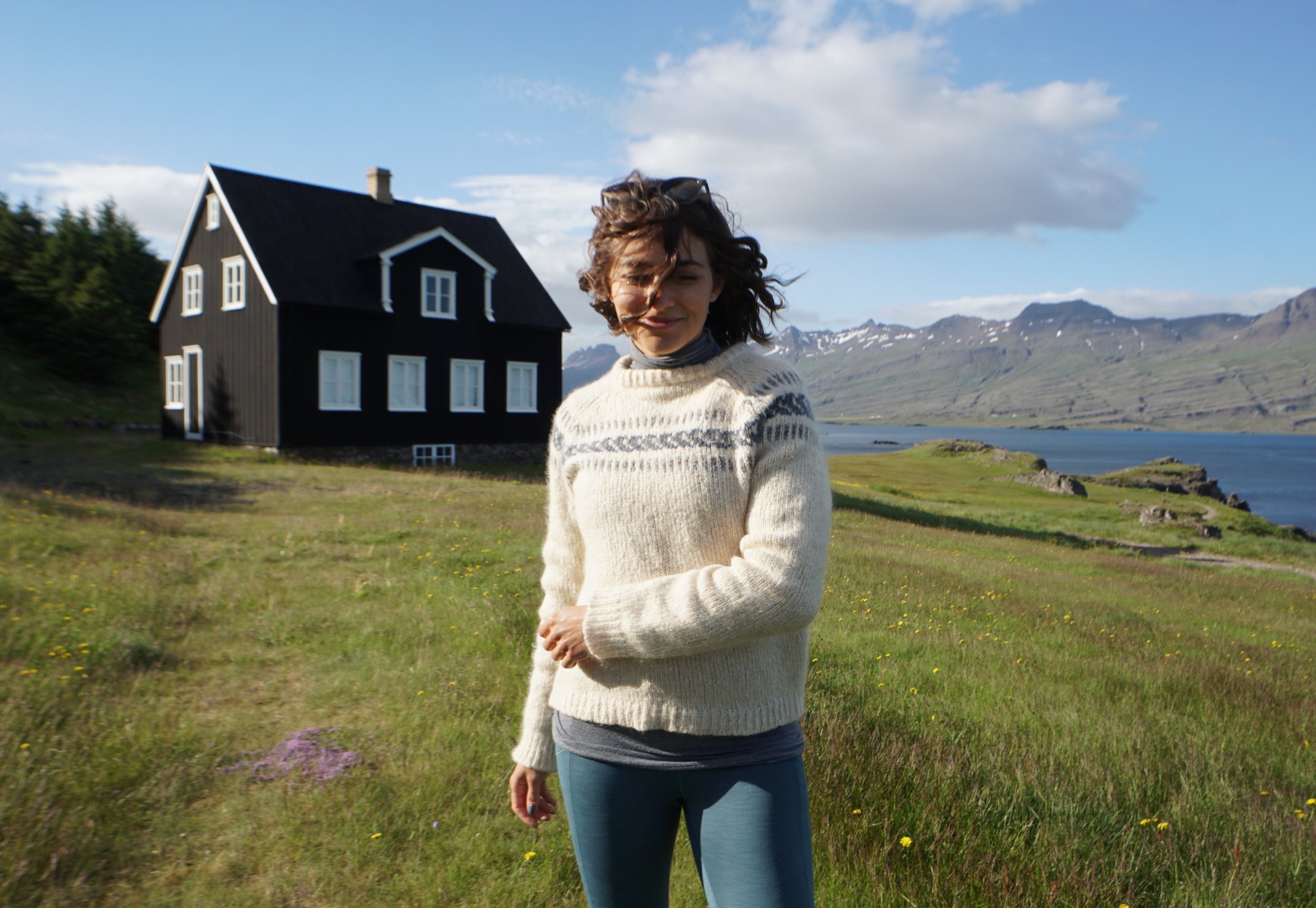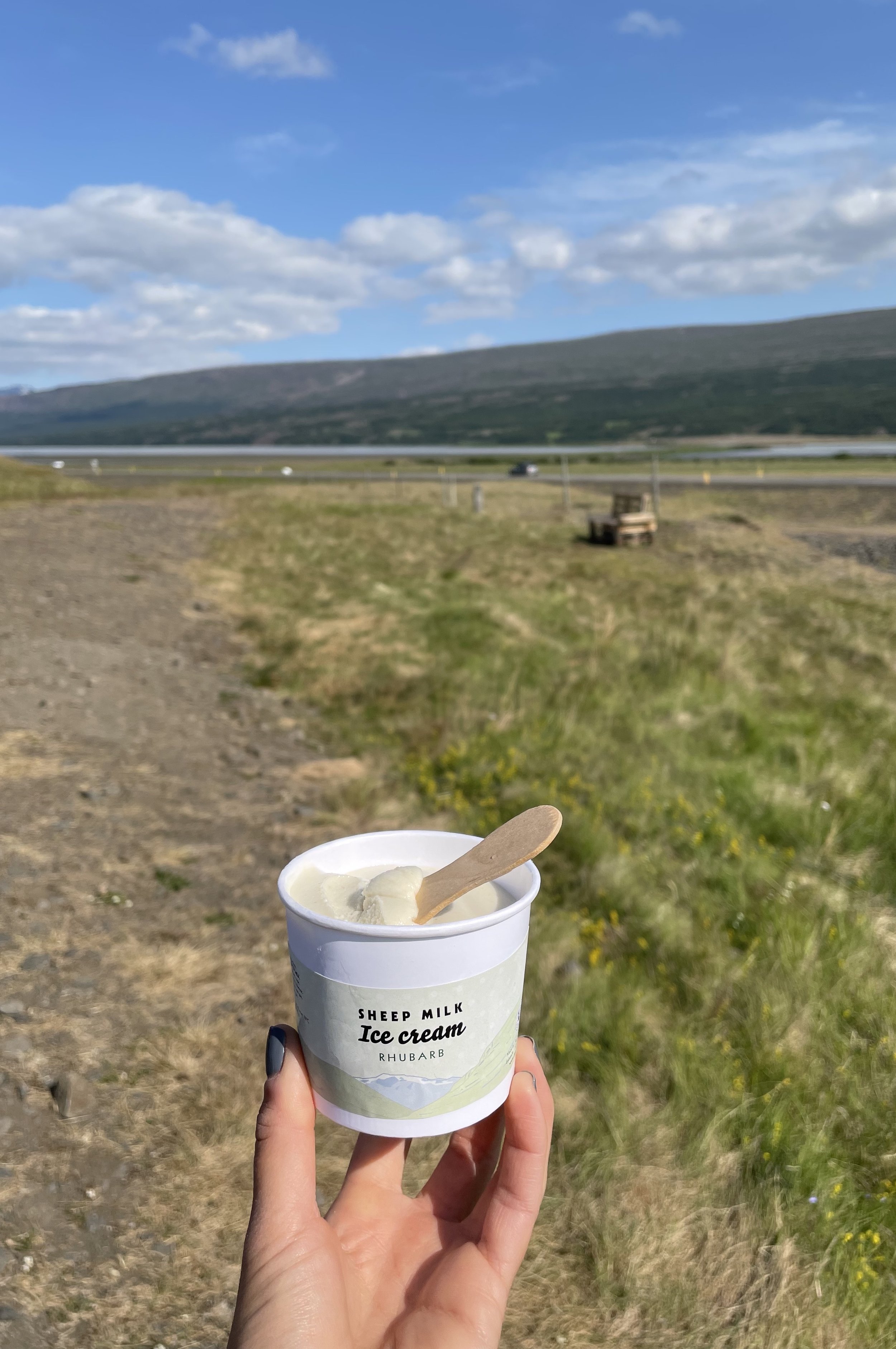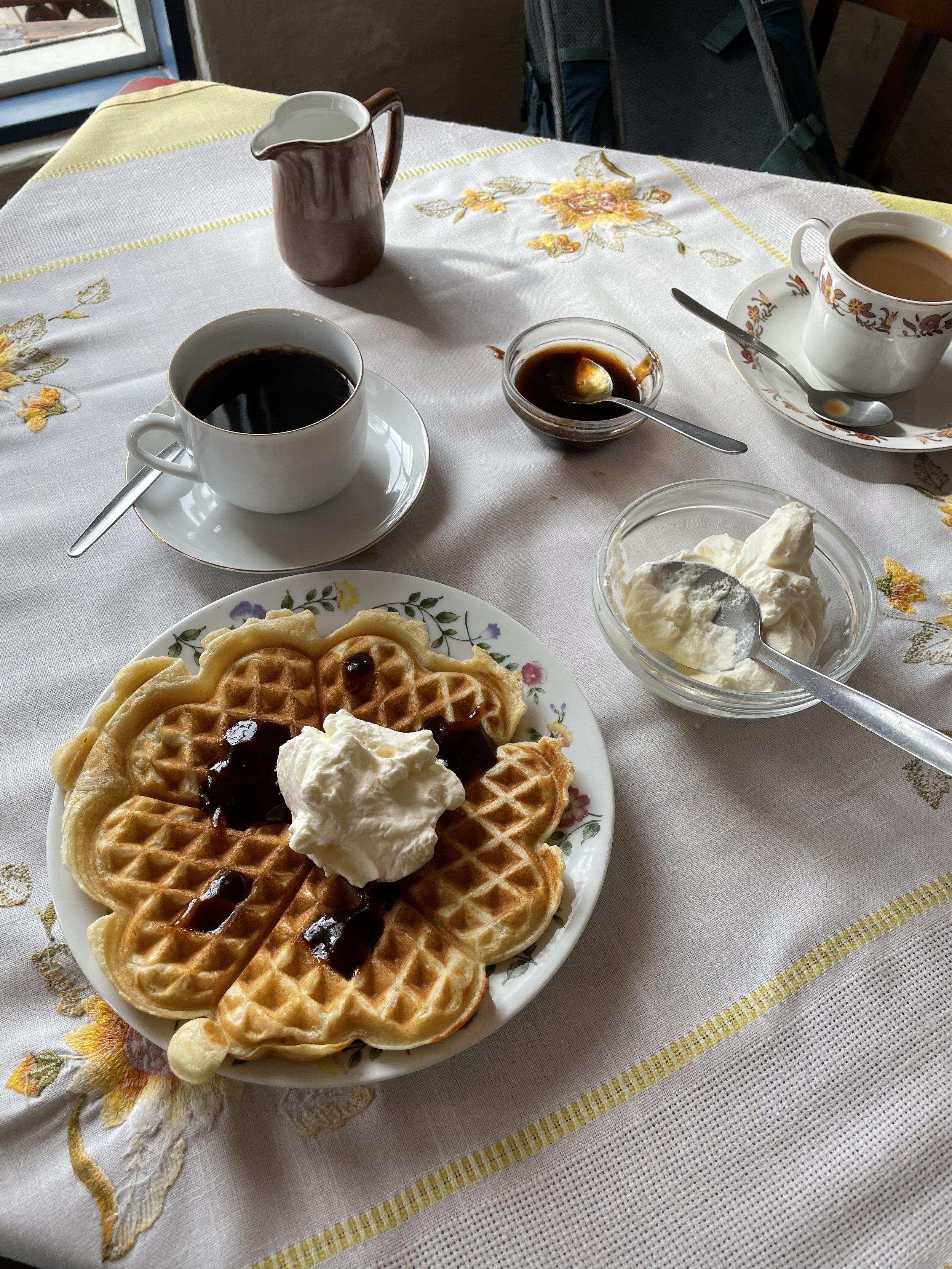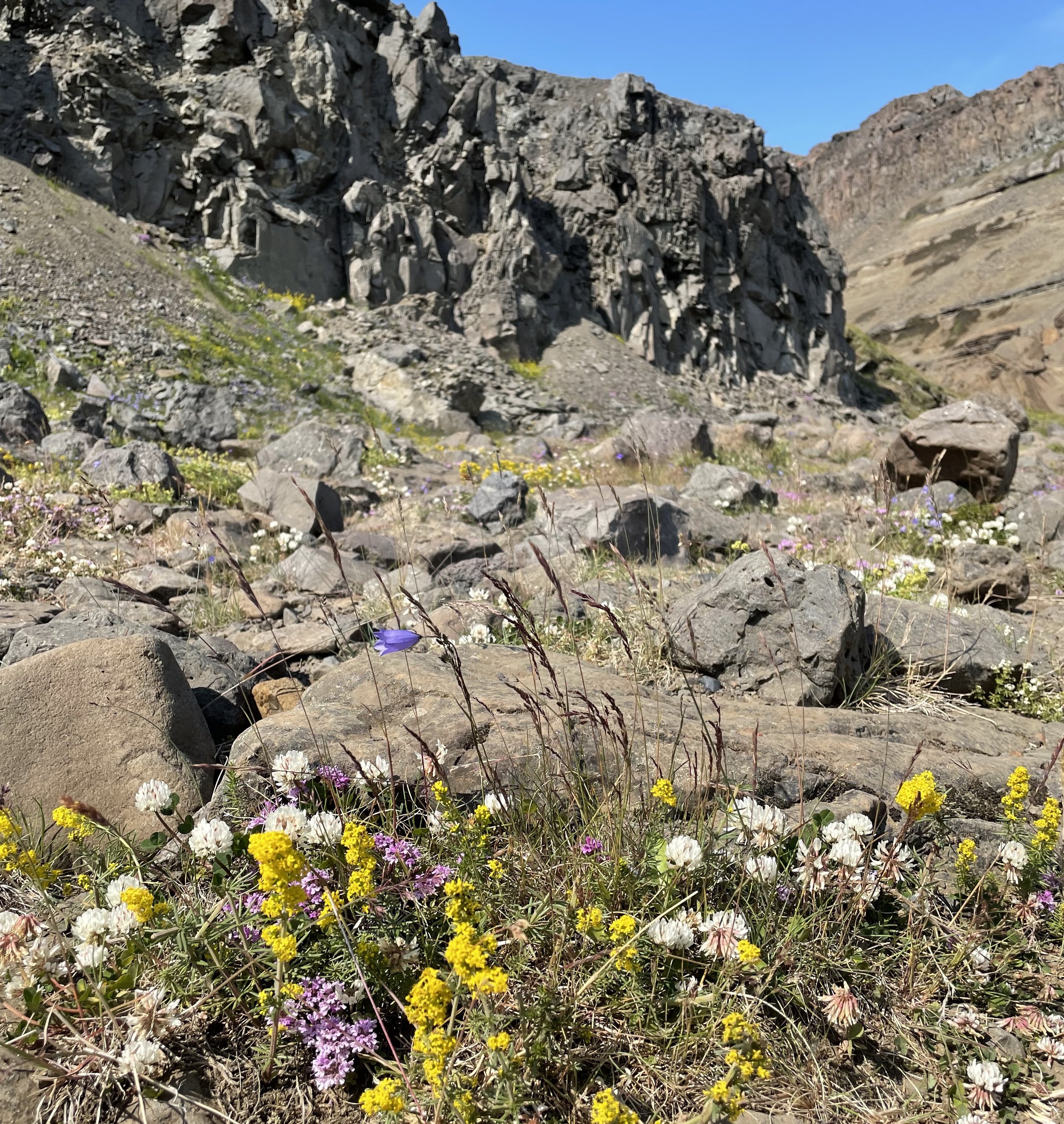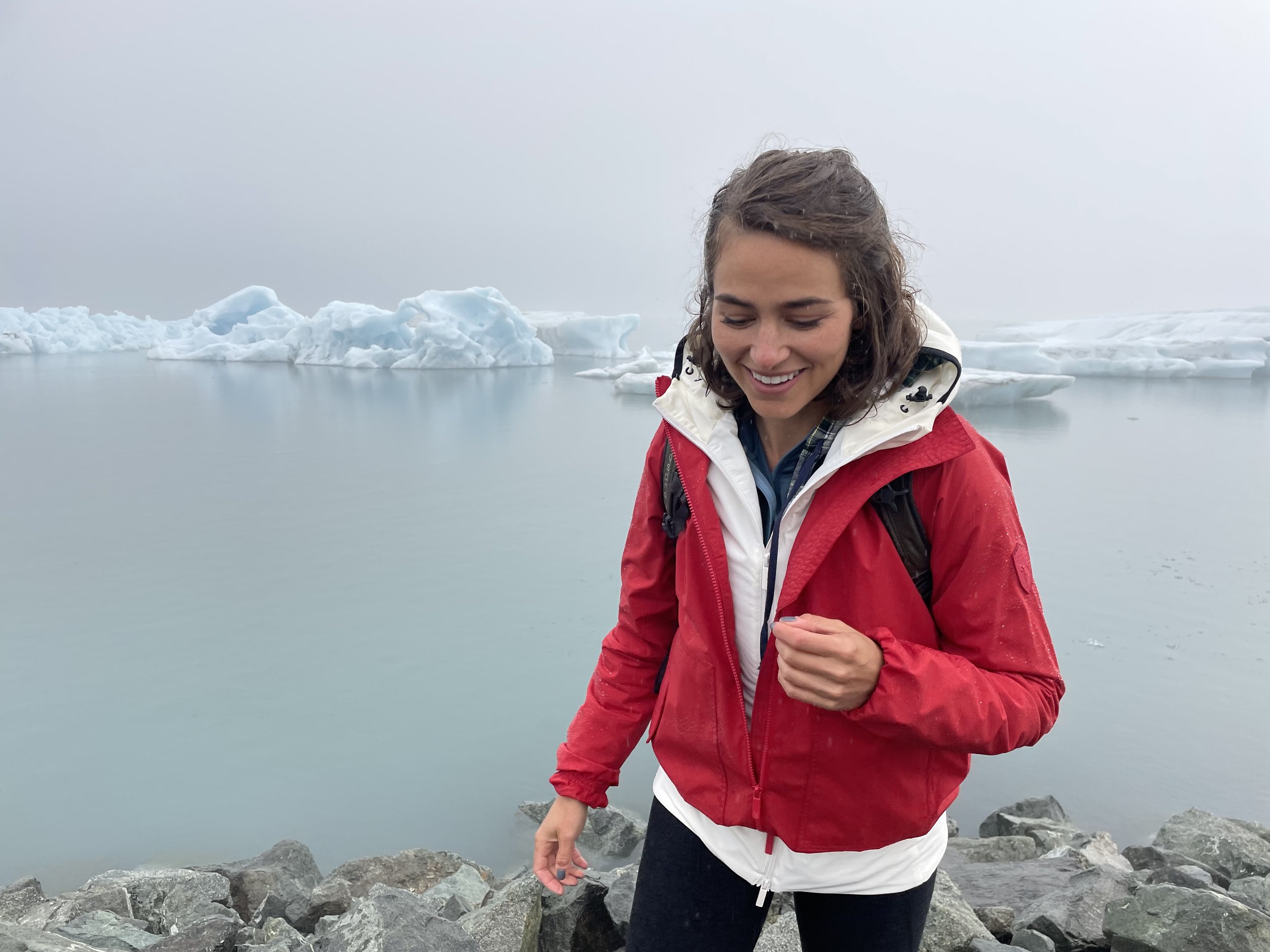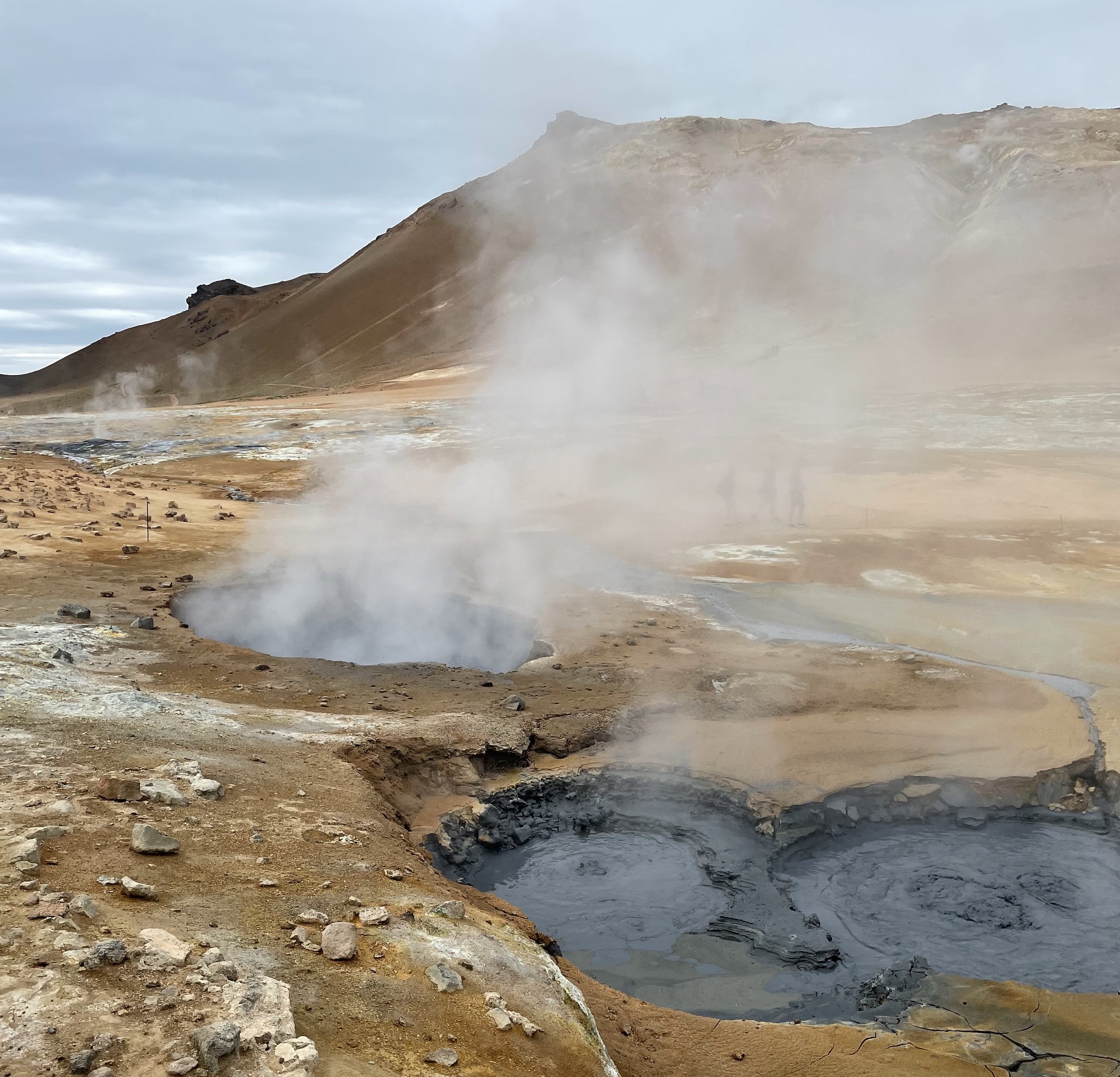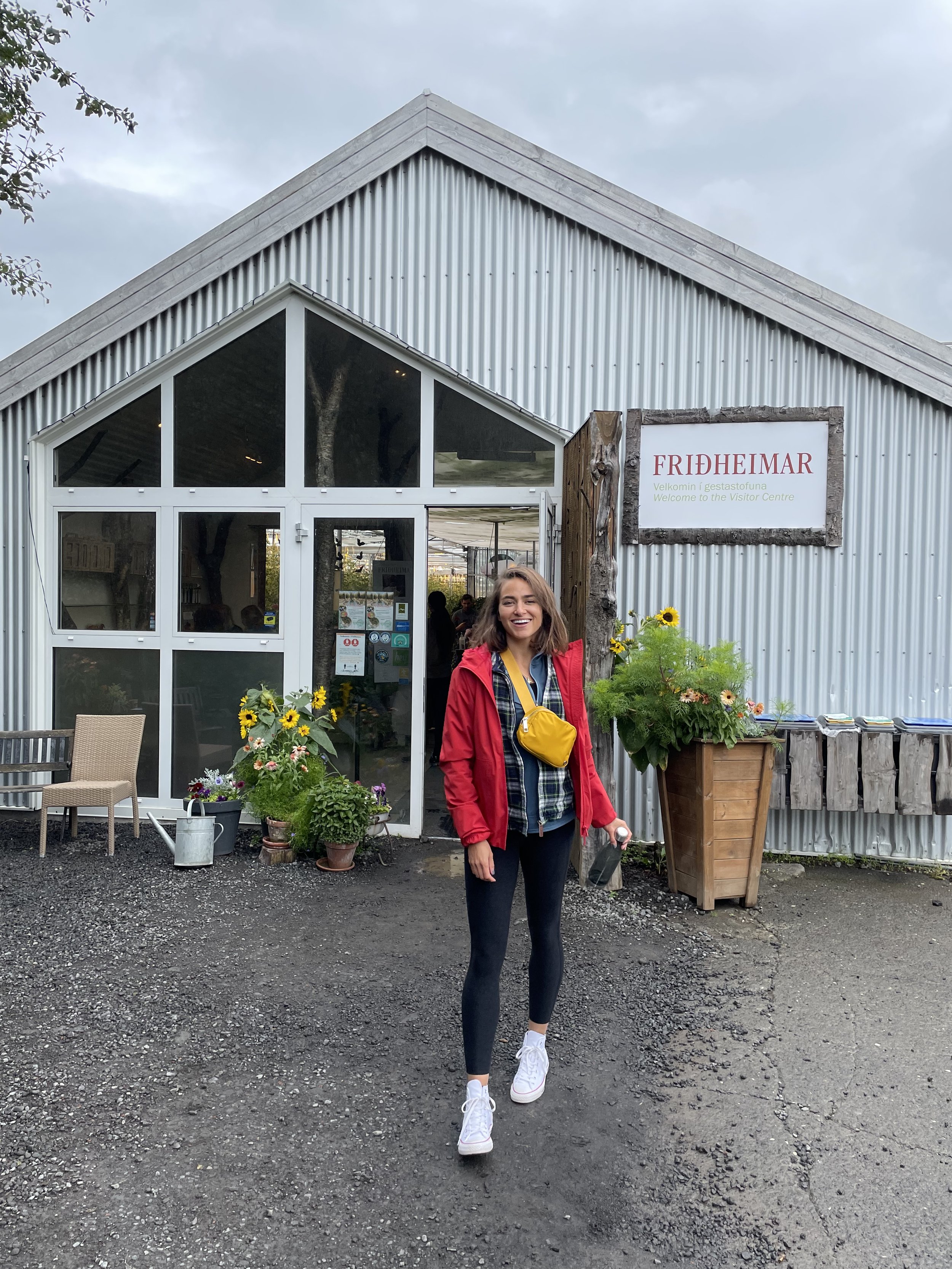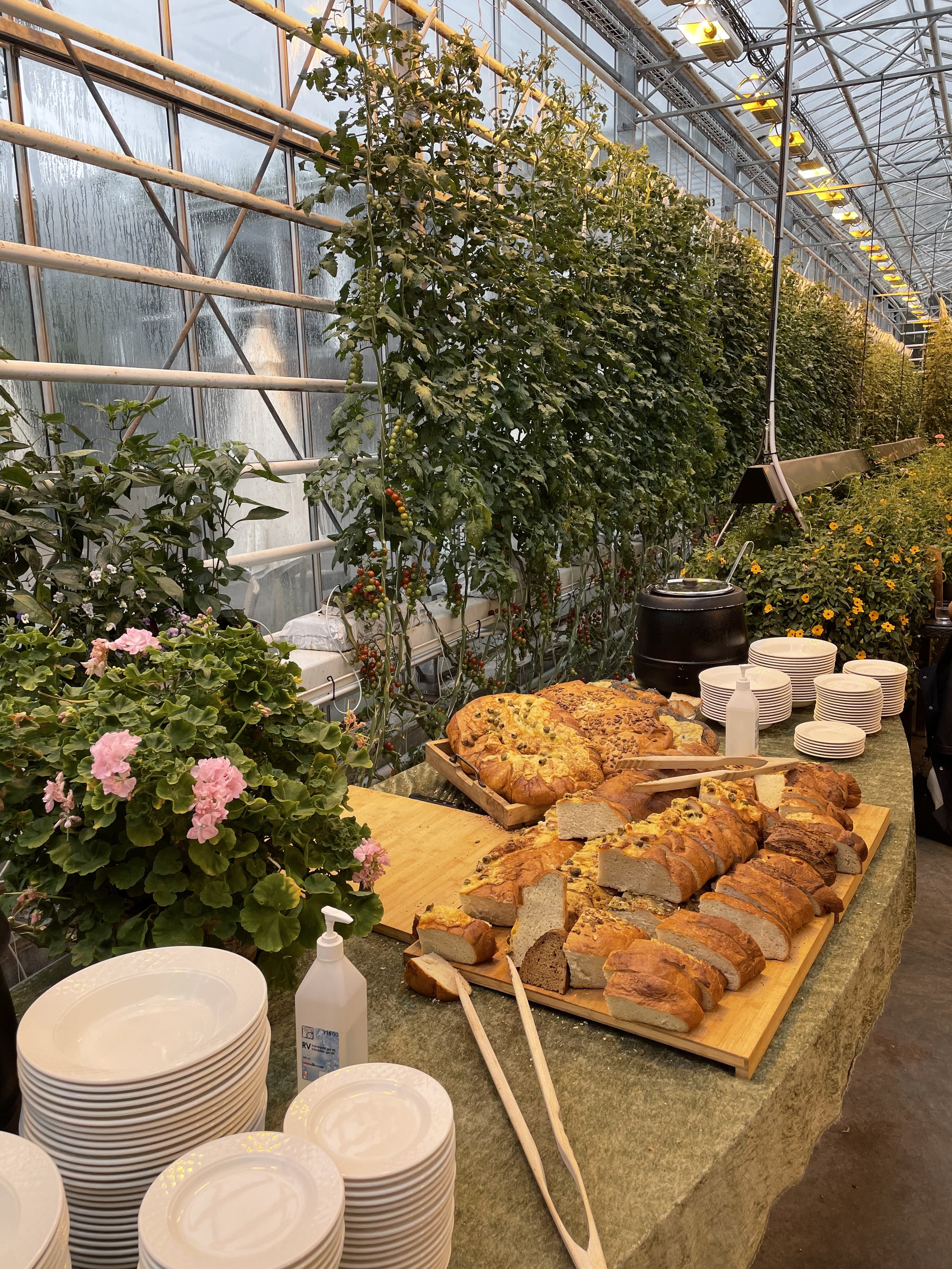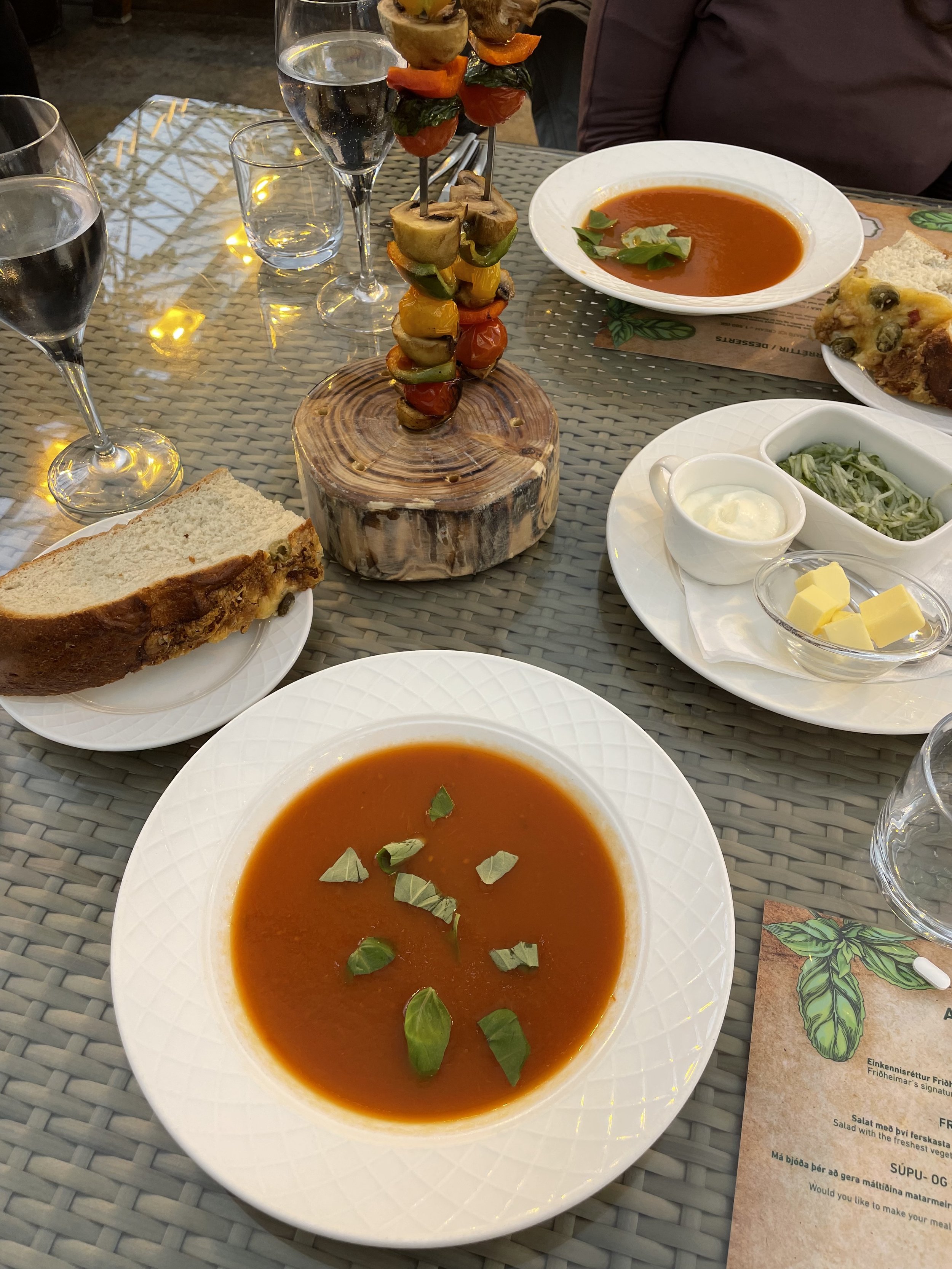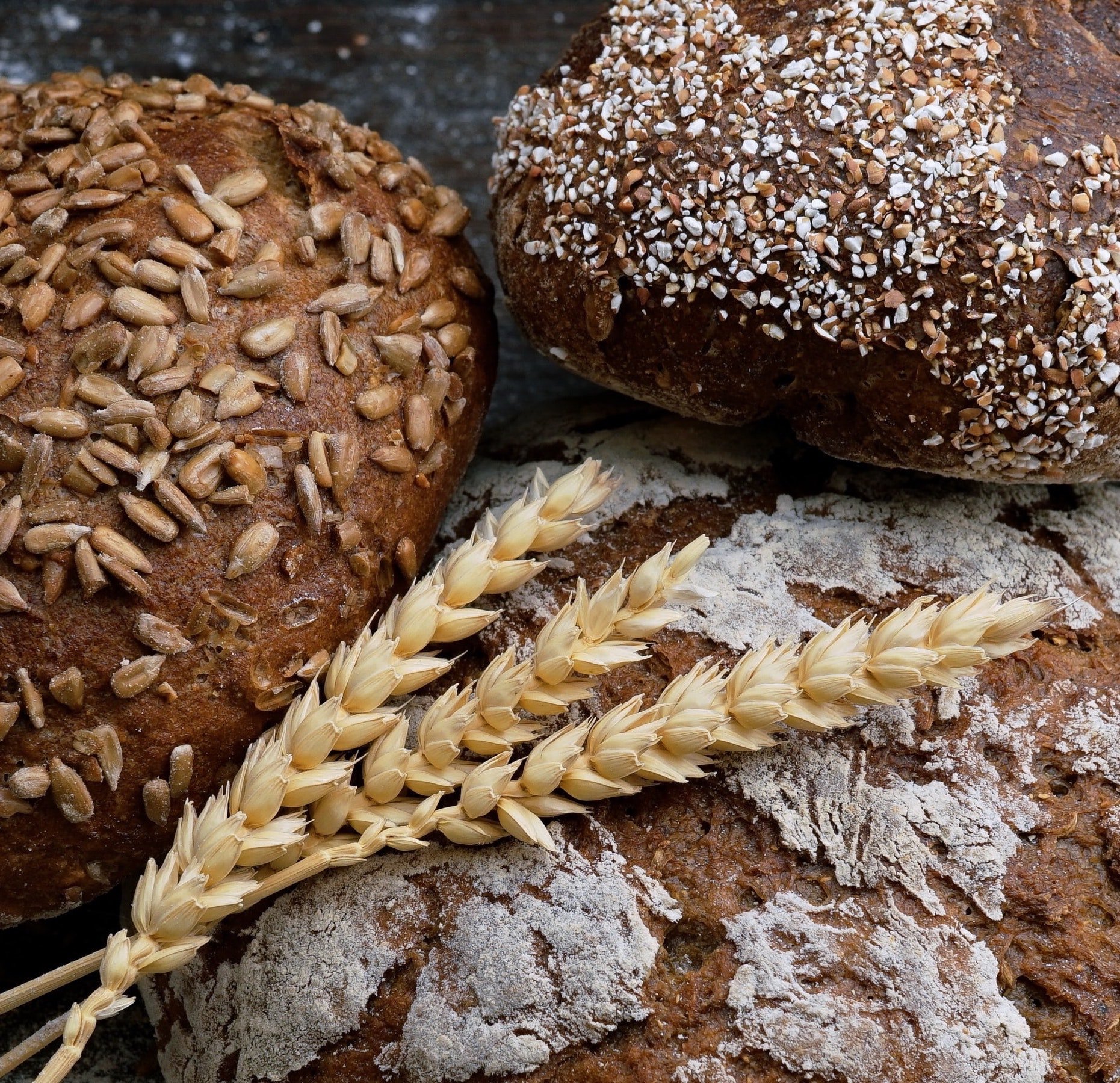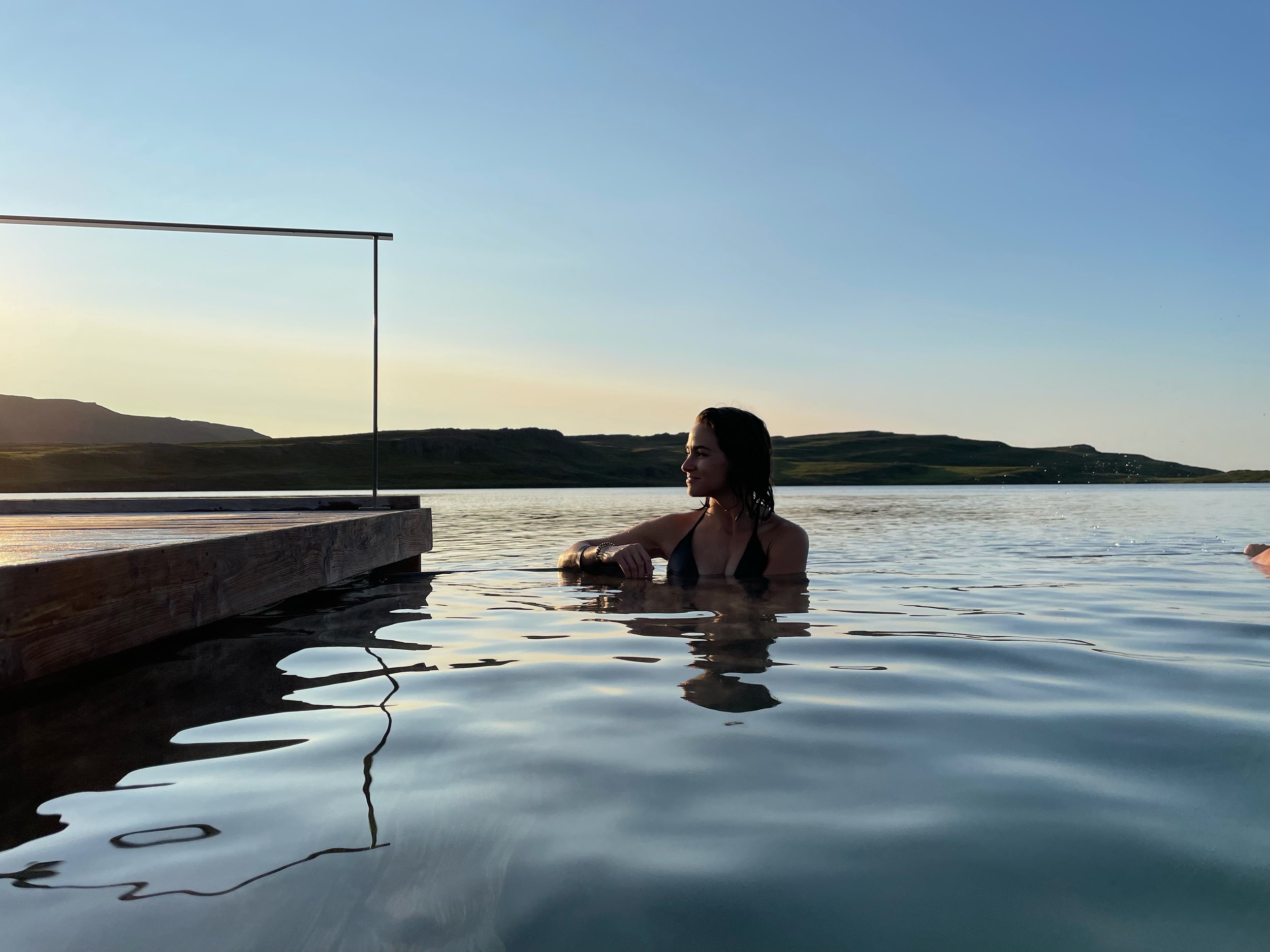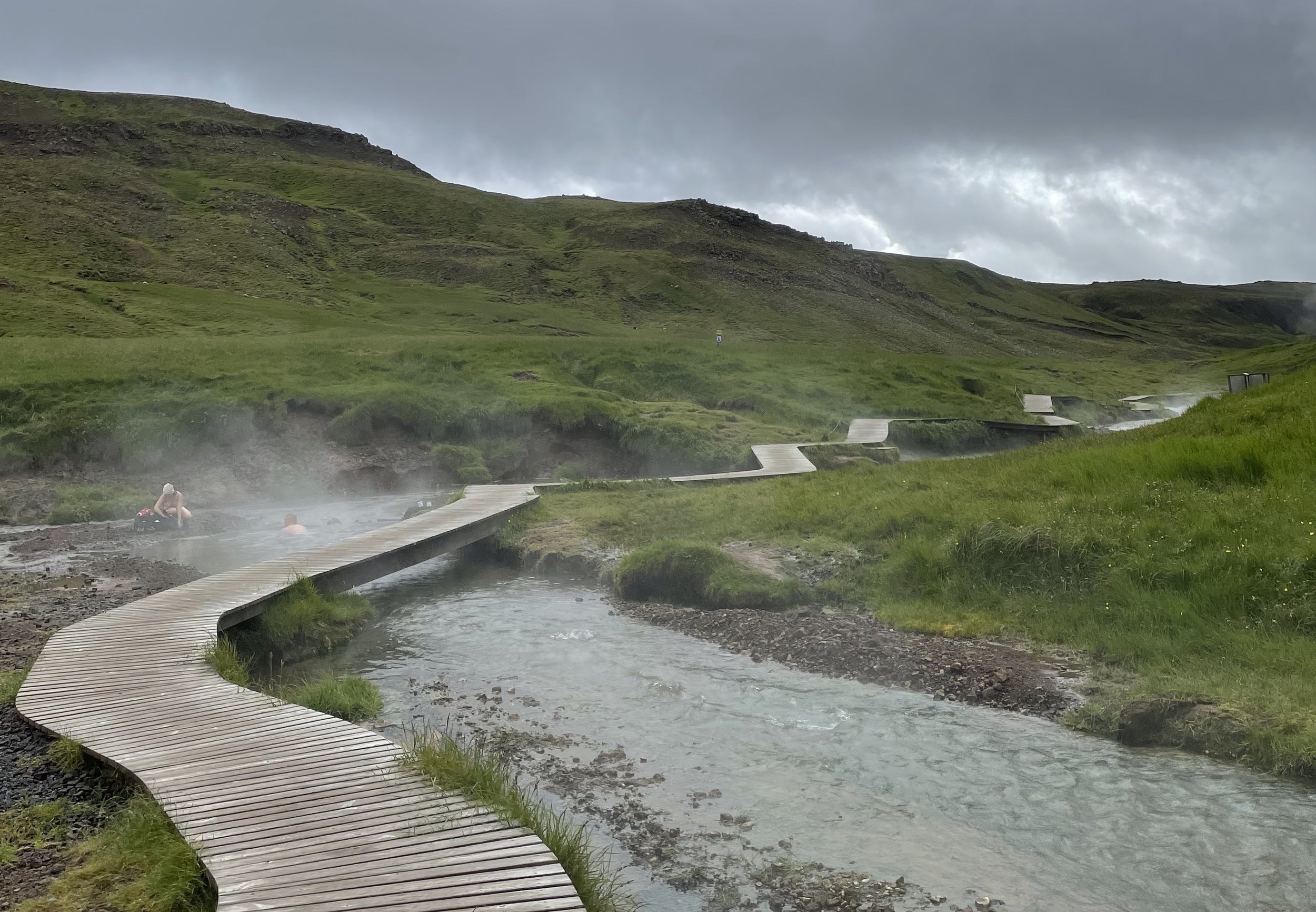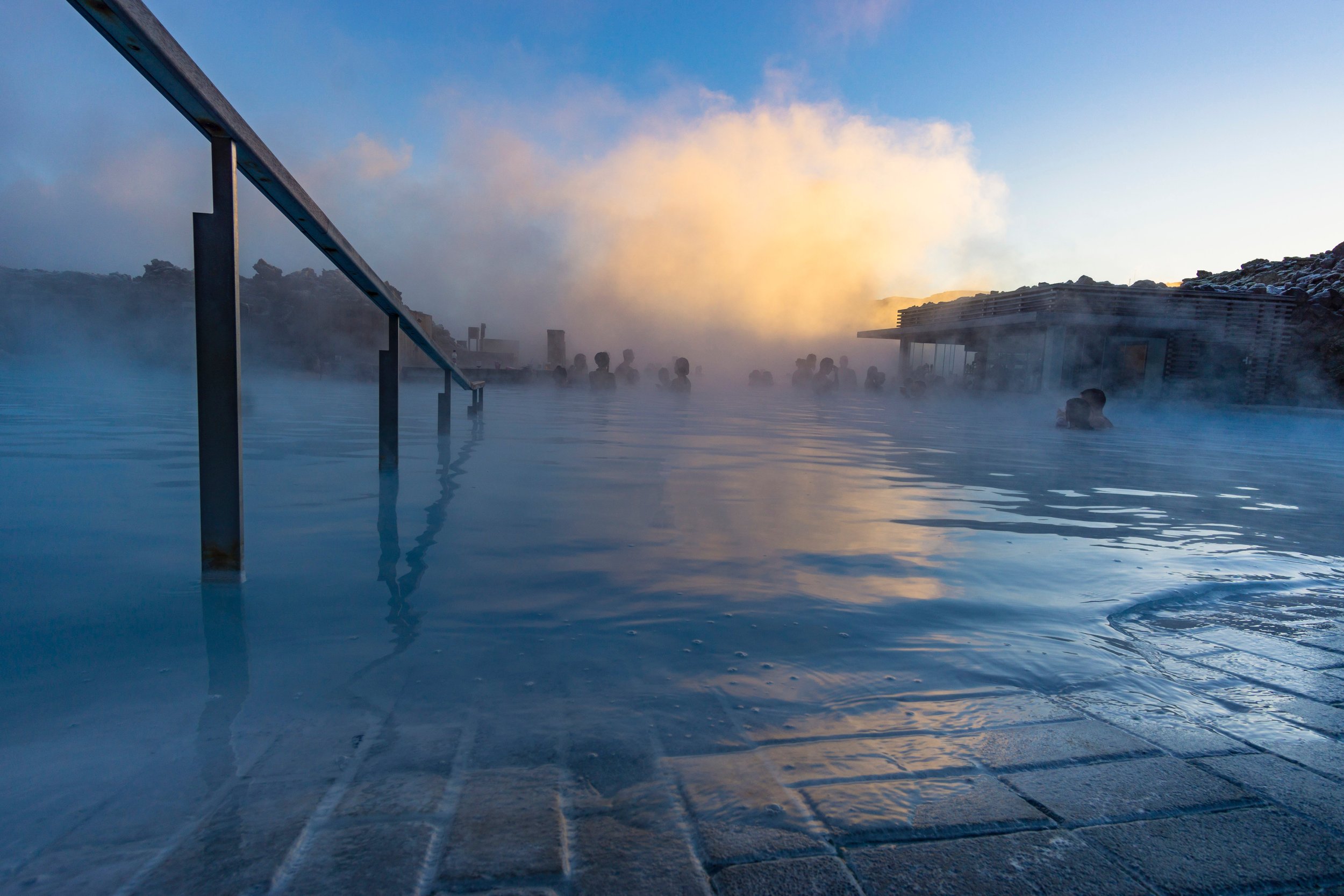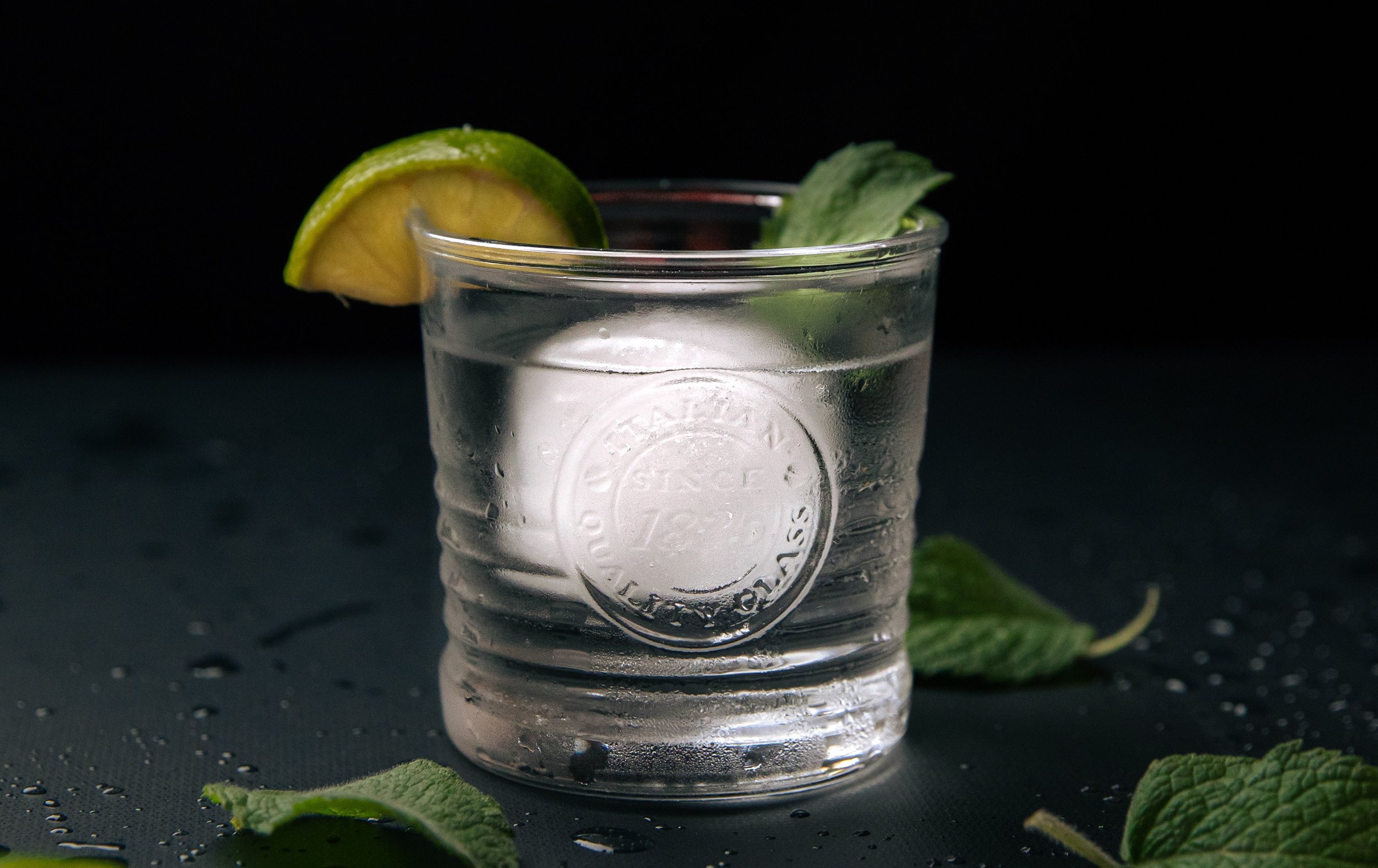Ten Things to Steal From…Icelanders
A compilation of Icelandic norms, eats & attitudes you’ll want to adopt as your very own.
Waterfall of the Gods (“Goðafoss”), northern Iceland.
Did I just say I want to steal from Icelanders? Yes, yes I did. And I mean it wholeheartedly. Hear me out.
Since I first decided to start this blog years ago, I knew I wanted to include a series entitled “Ten Things to Steal from…”, highlighting embrace-worthy aspects of various local and national cultures. Probably my favorite part of traveling anywhere is getting to meet the people who live there and trying to immerse myself in their way of life. That’s what often leads to “transformational travel” for me – the kind of travel that changes you, sticks with you, and makes a lasting impact on who you are. Maybe that’s my own curious nature at work, but I hope many of you reading this have felt the same.
When I’m not able to travel, I love studying other cultures from home too. Their history, norms, foods and traditions…quirky little customs and overarching beliefs alike. Because – let’s be honest – humans are fascinating. Culture is fascinating! No matter how similar or different a culture or subculture is from your own, there is always something to learn from it. And, dare I say, take from it.
That was certainly the case when I spent a couple weeks traveling Iceland with a friend in the summer of 2021. During our trip, I found myself captivated by many aspects of the Icelandic way of life. And good news for all of us: there are several things they do in Iceland that we can adopt as our very own.
So, without further ado, I present my list of “Ten Things to Steal from….Icelanders.” This list is intended to be my own perspective on some interesting Icelandic norms. I hope you enjoy reading, learning, and maybe even finding something to embrace.
”þetta reddast”
Many cultures have overarching words or mottos that inhabitants collectively embody or strive for. The word “hygge” has grown synonymous with Danish culture. In the US, one might think of “freedom,” whereas in Costa Rica, they say, “pura vida.” For Icelanders, it’s all about “þetta reddast.”
There’s no direct translation in English, but “þetta reddast” means something like: “everything is going to work out in the end.” From what I understand, however, the phrase is more nuanced than it may first appear. On one hand it’s clearly positive, shedding light on the easygoing attitude of Icelanders, who tend to be upbeat and happy despite inhabiting one of the harsher environments our Earth serves up. On the other hand, it’s lined with some deadpan woeful humor too. As one might say it on such occasions as losing a wallet or having a car break down in the midst of a snowstorm (or you and your friend get locked out of your remote Airbnb with cell phones, car keys and wallets inside…but we won’t get into that), it’s used as a way to cut the tension in a crappy situation. And who of us can’t benefit from a little laugh when a situation turns south?
Quality Wool Sweaters
If wanderlust has ever had you looking longingly at photos of Iceland online, you’ve no doubt noticed that just about every human in those photos is donning a beautiful, cozy wool sweater. And that’s real! Icelanders – from fishermen to kids to popular bloggers – love their wool sweaters, which they call Lopapeysa. They’re handmade from quality Icelandic sheep’s wool, so they keep you warm and last forever. The sweaters are not cheap (the ones I saw ranged from $100 to $250 USD), but the quality is definitely worth it.
Something I especially love about the affinity Icelanders have for wool sweaters is that each person doesn’t own one in every shape or color. It seems like many Icelanders have just one or two high-quality wool sweaters that they wear regularly, year-round. I brought one wool sweater on my trip (though not Icelandic, it’s a quality wool sweater my mom has owned since the 1980s), and I wore it almost every day on the trip.
Rhubarb Everything
Are you a rhubarb fan? I tend to forget about this tough, tart vegetable about 11.5 months a year, but there’s always one Saturday each spring that I impulse-buy stalks of rhubarb at the farmer’s market, thus forcing myself to bake a strawberry rhubarb pie. I’m always reminded how yummy it can be when cooked right.
It’s a truth Icelanders know well, too. On my trip, I found rhubarb just about everywhere. No surprise as it can be grown and harvested when temperatures are quite cool. My favorites? Freshly-made rhubarb sheep milk ice cream from a food truck at the base of a waterfall hike up north, and a homemade rhubarb compote served as a waffle topping at a cozy café, idyllically snuggled into a cliffside on the country’s Snaefellsnes Peninsula.
Embracing Dichotomies
You may have heard Iceland referred to as the “land of ice and fire,” a phrase you learn is quite literal once visiting the country. Because along with glaciers, ice fields and mounds of snow, the island boasts volcanoes, lava fields and natural geothermal vents that look like scenes from a Sci-Fi flick…and in certain cases, hell. In fact, one of the things that stood out most to me about Iceland is the constant presence of dichotomies. Next to a ragged booming waterfall, delicate, whimsical wildflowers decorate the landscape. After the violence of a spewing volcano subsides, lava fields become peaceful oases of lush mosses. In summer there is almost no darkness, and in winter, almost no light. Even the Icelanders themselves follow this narrative. Tough, practical, resilient, often cold on the surface. But also, creative, fun-loving, known for poetry, and famously warm once you get to know them.
So, what can we take from this? What stuck for me is the Icelandic acceptance that life is a messy mixture, filled with variety, contradictions and nuance. That things don’t need to fit into one category, and people don’t need to be confined inside one little box. That we shouldn’t strive for the black and white, but rather for the colorful spectrum that makes life beautiful.
Restaurant *in* a Greenhouse
You read that right. You probably know by now that Iceland is pretty far north – just outside the Arctic Circle in fact. That means produce growing season is exceedingly short. They work around this by making use of greenhouses year-round, the likes of which I understand are becoming more and more prevalent by the year.
Several years ago, an Icelandic husband and wife team turned their sustainably-focused greenhouse into a greenhouse plus unique dining experience. At Friðheimar, which is located just 90 minutes east of Reykjavik, guests are treated to a buffet of freshly-baked bread and hearty tomato soup – right between the plants that provide the produce. It’s a welcome warm-up for body and spirit on a cold Icelandic day. Someone, please start this trend in the US!
Tip: Friðheimar has become a very popular destination for tourists and Icelanders alike. If you’re planning a trip to Iceland and want to visit, reserve a table ahead of time.
Rye Bread
If you read my recent how-to post where I made Nordic Lox-on-Toast, you already know I’ve recently taken a liking to rye bread. Many northern European countries claim this slightly-sour, slightly-earthy bread as their own, but I’m including it here anyway because it was served everywhere in Iceland. The Icelandic rye bread I tasted was dense, slightly sweet and simply delicious. Often served with a slathering of soft butter, it’s exactly the stick-to-your bones food one wants when warming up between outdoorsy adventures. New to rye bread? Check out my previously mentioned breakfast recipe, or just try it buttered alongside your next meal.
Relaxing in Geothermal Pools
Heaven. On. Earth. Welcome to the Icelandic Geothermal Pool experience. Due to its prevalence of geothermal activity, the island is home to countless natural geothermal pools and hot springs, and enjoying some self-care within their waters is ingrained throughout Icelandic culture. I could write an entire article on the history, benefits, etiquette, cultural meaning and different locations of these hot springs (maybe I should?), but I’ll try to keep it simple here.
The pools splatter nearly the entire island, and they range in shape, size and style from: narrow rivers steaming along remote valleys, to 4’ by 10’ metal roadside tubs, to upscale spas complete with indoor lounges and swim-up bars. Though very different in appearance and feel, each is naturally heated, providing a feel-good and health-promoting experience. Icelanders from children to young couples to the elderly take regular dips. Because they are freshwater and unchlorinated, there is a strict cleanliness practice (wash full, naked body with soap before heading in) at these coed pools.
Sure, we can’t recreate natural hot springs at home. That said, I love that this communal self-care practice is baked right into the culture. They understand the importance of a little down time and physical body care, and it’s not “treat yourself” maybe once a year at best as is common in the US. In Iceland, there’s no excuse or special occasion needed. They keep themselves cared for so they can go on feeling and being their best.
Brennivín
Brennivín is the signature spirit of Iceland. It’s distilled from a fermented grain, combined with high-pH Icelandic water, then flavored solely with caraway. From what I understand, it’s a cousin of the famous Norwegian spirit, Aquavit. The name “Brennivín” more-or-less translates to “burned wine,” which is a reference to how it was made in the seventeenth century. It usually accompanies food and is often considered a digestif.
Brennivín is clear in appearance, and the caraway gives it an herbal taste. I had heard that some people liken the flavor to rye bread, and I tend to agree. Why do I include it on this list? I think we can learn a lot about a people through the flavors they’re accustomed to, and the strong, almost-woodsy flavor of Brennivín seems the perfect match for Icelanders. But mostly, I just want you to try it. Give Brennivín a go if you ever see it on a menu. I can’t say I really enjoyed the flavor, but it’s an experience nonetheless.
Effortless Sustainability
In Iceland, sustainability is a way of life. Never for show, it’s a collective effort that’s all-but-mandatory due to the realities of life on an island so far from so much. Icelanders never (ever) buy bottled water. They’re fortunate that tap water everywhere is extremely pure, but it’s a waste-preventing practice nonetheless. Sustainable farming and fishing practices are built into the culture. Icelanders opt for reusable or biodegradable containers and bags, they turn off lights and appliances when not in use, and they tend not to buy more than they need in food, clothing, or anything else (remember when I said they stick to one or two wool sweaters?). As they say, sometimes less is more!
Embracing Uncertainty
If there’s just one thing you should take from Iceland, it’s the power of going with the flow and embracing uncertainty. Icelanders know it well. Things in Iceland are always changing. Weather can be wildly unpredictable, and all four seasons can be felt in a single afternoon. On top of this, the land itself is forever evolving. Glaciers grind their way across landscapes, lava transforms fields overnight, and clusters of skinny streams scratch their way down mountainsides like claws. Even the towering, basalt-columned canyon of Stuðlagil, a place that feels as though it was chiseled by the hands of God and hidden quietly unchanged for millennia, in fact sheds columns continually like flakes of dead skin. Stone evolving…letting go…becoming new.
All of this makes for a mindset of acceptance. An Icelandic attitude of: plan for everything, expect nothing, and embrace all kinds of changes when they come. In the transient and unpredictable nature of their island, Icelanders learn well to never hold on too tightly – to expectations, to plans, to anything at all. Sometimes things go smoothly, and sometimes one just has to say, “þetta reddast!” And that’s something we can all learn from.

